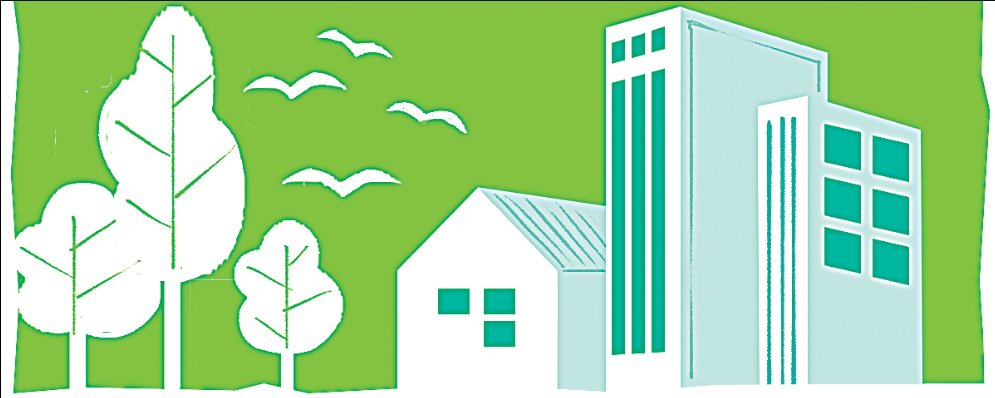Two ice-filled trucks are used daily to keep water cool before pouring in concrete mixture
Mizanur Rahman Yousuf, Chattogram: Large blocks of ice are being fed into the water chamber of a cement-concrete-sand mixing plant in Chattogram’s Patenga area.
The out-of-the-box preparation for the most crucial ingredient is taking place for the Chattogram Elevated Expressway, a mega construction project.
It’s not just one, but two trucks full of ice blocks are unloaded at this site every day to cool down the water to maintain the minimum temperature of the mixture.
This is the new climate reality. Soaring temperatures in the port city have meant the ice is needed to maintain a minimum temperature of the mixture.
Officials report that over 7,500 tonnes of ice blocks have been used in this project over the past four years.
This approach helps keep the water temperature cool before pouring in the mixture, ensuring the quality and integrity of the construction materials for the expressway.
Besides, the two mixing plants for the project located near the coast need to bring water from 16km away as the local groundwater is increasingly becoming affected by salinity.
Monir Hossain, project manager of Chattogram Elevated Expressway, said the ground and surface water near the concrete mixing plants in Patenga and Halishahar areas are heavily salty or contaminated. “To address this, we bring around 1,50,000 litres daily from the city.”
He said using ice chunks and fetching water from a distant location are impacting the overall project cost.
Engineer Nazmus Sakib, quality control in-charge at Max Infrastructure, the contractor for the project, said the water in the mixture evaporates as the concrete is cast, contributing to its strength.
“In Chattogram, with an average temperature of 35 degrees Celsius, there’s concern about water evaporating too quickly. To tackle this issue, we add ice chunks to the concrete mixture,” he said.
Except for the winter months from December to February, using ice chunks is crucial year-round to uphold quality and guarantee the high strength of the project, the quality controller added.
According to Structural Guide, a Civil & Structural Engineering Knowledge Base, the ideal concrete temperature range before concrete mixing is between 27-35 degrees Celsius. This range allows for the hydration process to occur properly.
“If the concrete mixture is too cold, hydration will be slowed and can result in poorer quality concrete. If the concrete mixture is too hot, hydration will occur too quickly and can cause the concrete to crack or develop other defects,” according to the library on construction.
Dr Sarwar Iqbal, professor of Geography and Environment Science at Chattogram University, said the temperature has risen by 0.2 degree in Chattogram division in the last 20 years.
In Chattogram district the average temperature has risen 0.4 degree due to changes in the climate.
Dr Iqbal noted that the rainfall pattern has shifted, and salinity intrusion in coastal areas has heightened because of rising sea levels. This, in turn, compels industries and local residents to extract more groundwater, leading to a rapid depletion of the groundwater level.
Need for new construction materials
In addition to the weather and logistics hurdles, coastal areas have also seen changes in the landscape due to climate shifts.
In the region, there is a growing demand for special cement and steel bars that can handle environmental pressures.
This has increased production costs, investments, and uncertainties about the future.
Abdur Rahim, manager of Diamond Cement, explained that higher salinity in Chattogram’s coastal areas led the company into producing a unique cement formula resistant to salinity.
Sulphate-resistant cement was introduced in 2018, and local engineers now recommend it, especially for piling, given the presence of salty water in the coastal ground. However, this special cement is a little more expensive than regular cement, impacting overall construction costs.
Besides, BSRM, the leading steel industry in the country, introduced a salinity resistant steel bar named “BSRM Centura” in 2016. This corrosion resistant coated rebar is for use especially in coastal zones.
Tapan Sengupta, deputy managing director of BSRM, said due to the impact of climate change the salinity of the soil in the coastal areas of the country has increased manifold.
“Keeping the salinity in mind we introduced BSRM Centura, which is very effective in fighting salinity. However, the price of the bar is Tk10,000 to Tk12,000 higher than regular steel bars, which increases the cost of construction,” he added.
Sengupta noted that ongoing industrial projects in the Mirsarai Economic Zone and projects by the Local Government Engineering Department in coastal areas widely use these unique steel bars due to the high salinity levels in those regions.
He added that climate change is making it more expensive to produce steel in the country.
“Before, our production plant in Mirsarai had enough water from the ground and surface. Now, with the groundwater decreasing, we have to get water from the distant Feni River, adding an extra 2% cost and impacting the overall production cost.”

